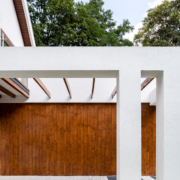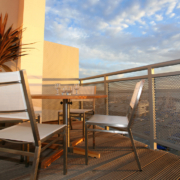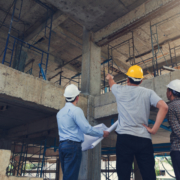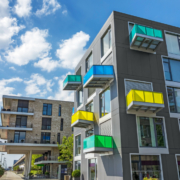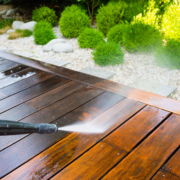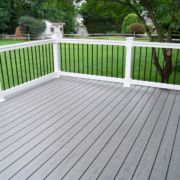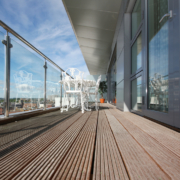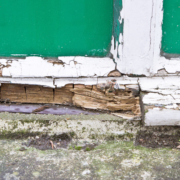Best Types of Deck Sealer
You can protect your wooden deck from any potential damage with the right deck waterproofing and sealer techniques. Take note that decks serve as living rooms of outdoor spaces where you can spend quality time with family to barbecue or enjoy a quiet evening with a glass of wine.
Wooden decks are subject to deterioration from exposure from the rain, snow, sun, or wind. This will wear away the wood, leading to cracks, fading, rot, and splinters. That is the main reason why it is very important to consider deck waterproofing with regular applications of deck sealers.
Seal-Once Marine Penetrating Wood Sealer
This is the best type of deck waterproofing. It is a clear water-based sealer that penetrates right down into the wood fibers to provide long-lasting protection against mold growth and moisture damage.
Eco Advance Exterior Wood Water Repellent
There is a reason why this product is the easiest to apply. Simply mix the concentrate with 1 gallon of water and use a sprayer to cover your deck with a light coat of the formula. This will not even harm your lawn or outdoor plants.
Olympic Stain Smartguard Concentrated Sealant
When it comes to the best value for money, this concentrated sealant is a well-priced that comes in concentrate form. Moreover, this sealer prevents water damage, rotting, splitting, and warping.
Olympic Stain Maximum Waterproofing Sealant
Wooden deck sealants typically last a year, but the Olympic Stain sealant lasts up to 3 years. It protects decks from cupping, rotting, and staining caused by humidity and water.
Deck Inspectors for Southern California is happy to offer our services in Los Angeles, Orange County as well as San Diego and all Southern California surrounding areas like: Glendale, Pasadena, Burbank, Santa Monica, Anaheim, Temecula, Vista, Escondido, Carlsbad, and El Cajon


